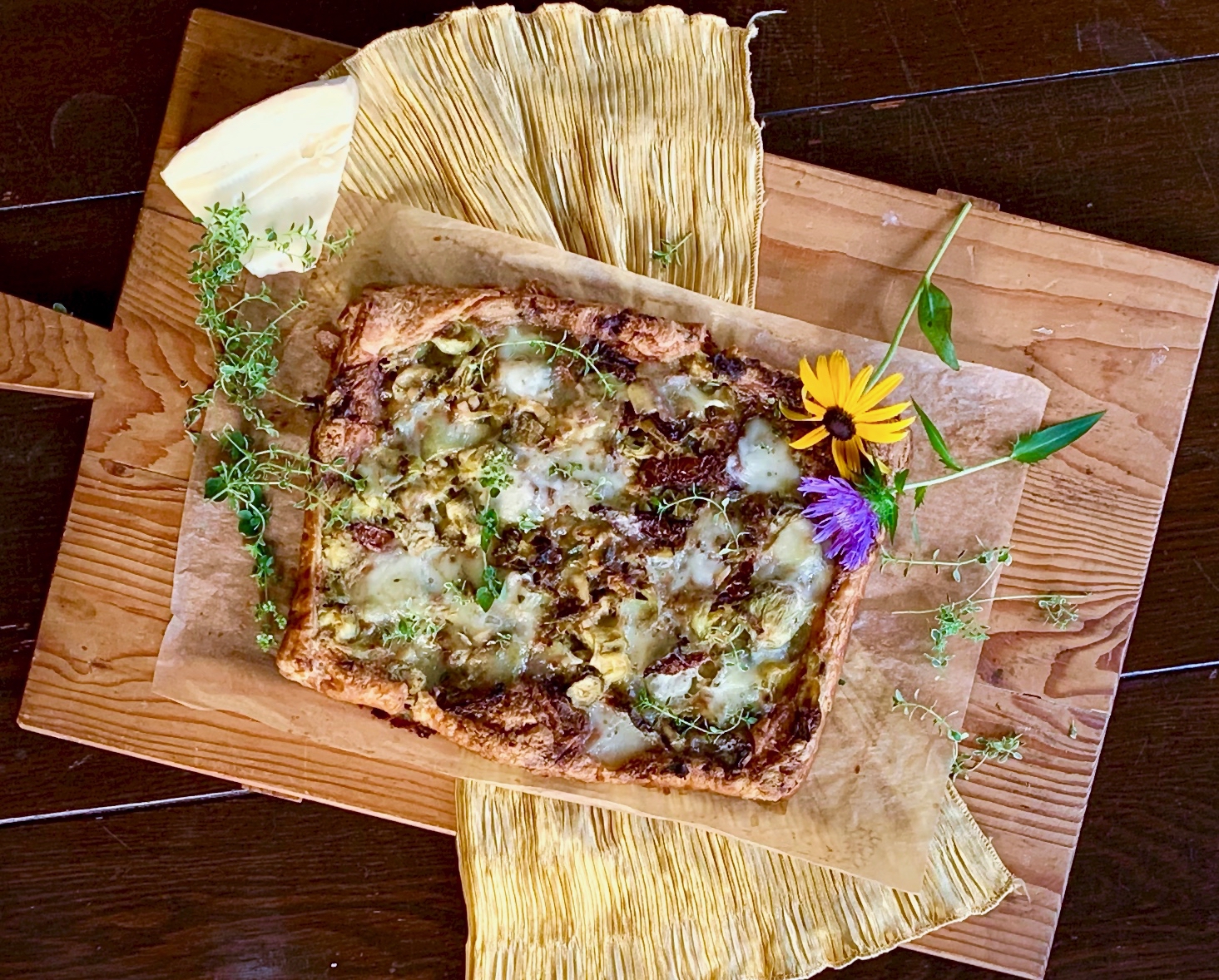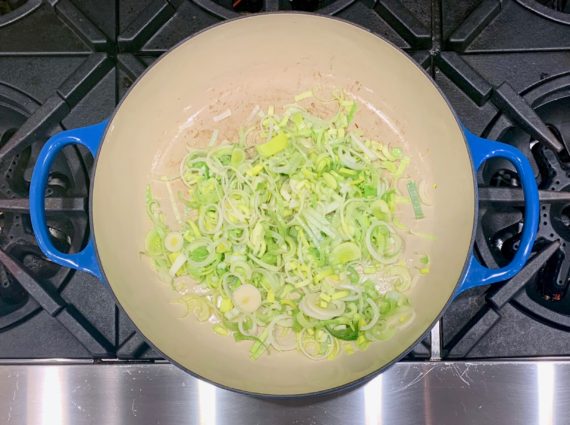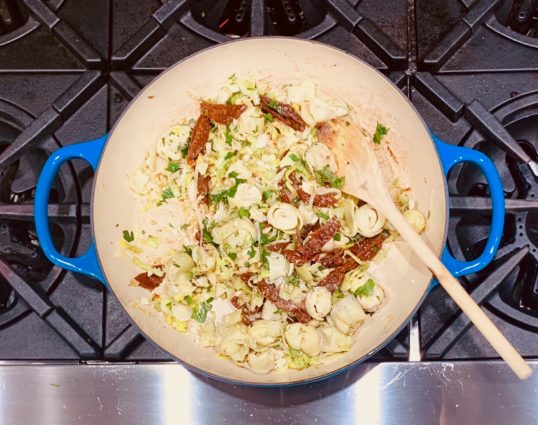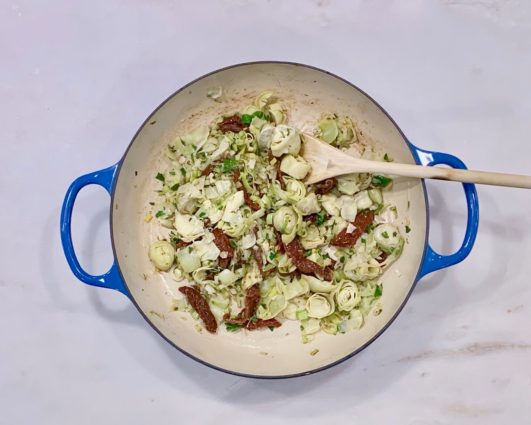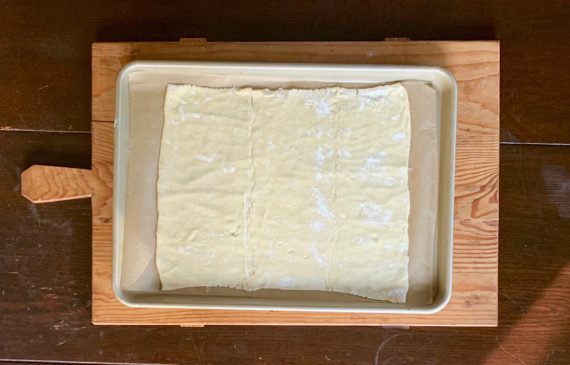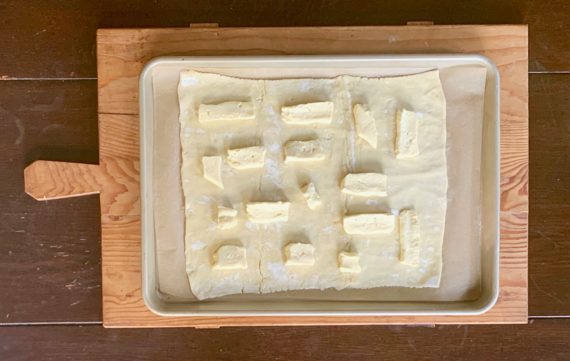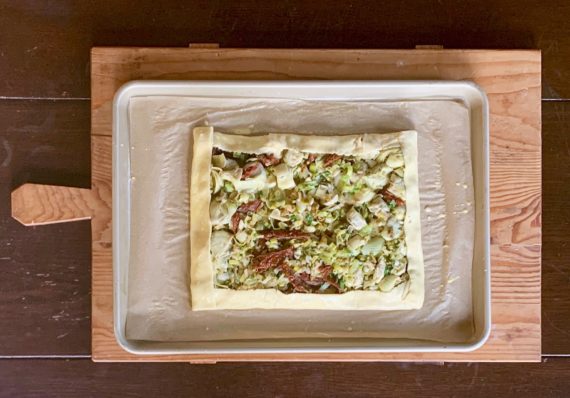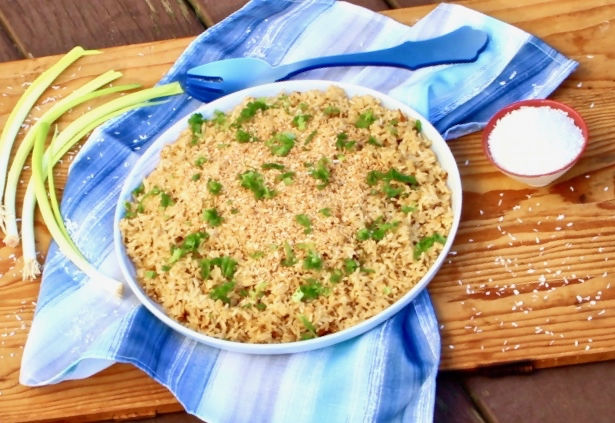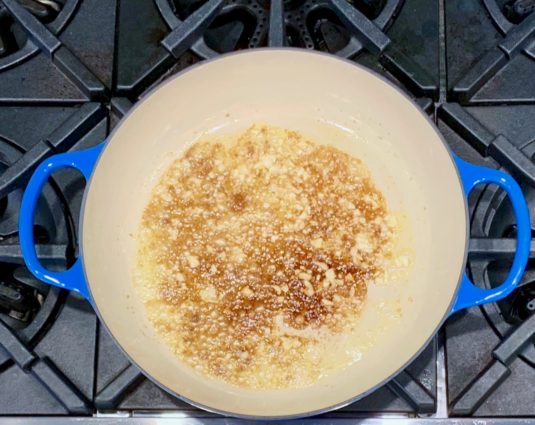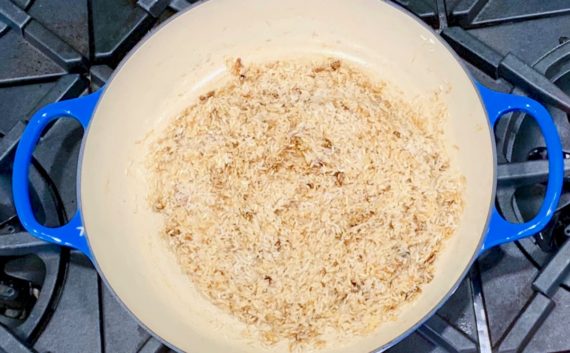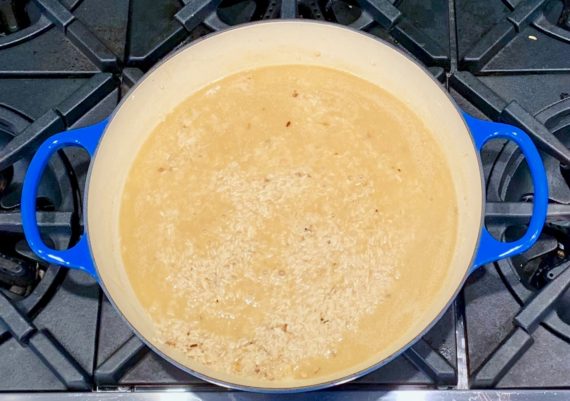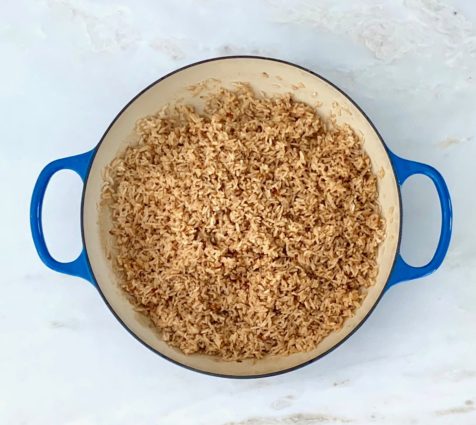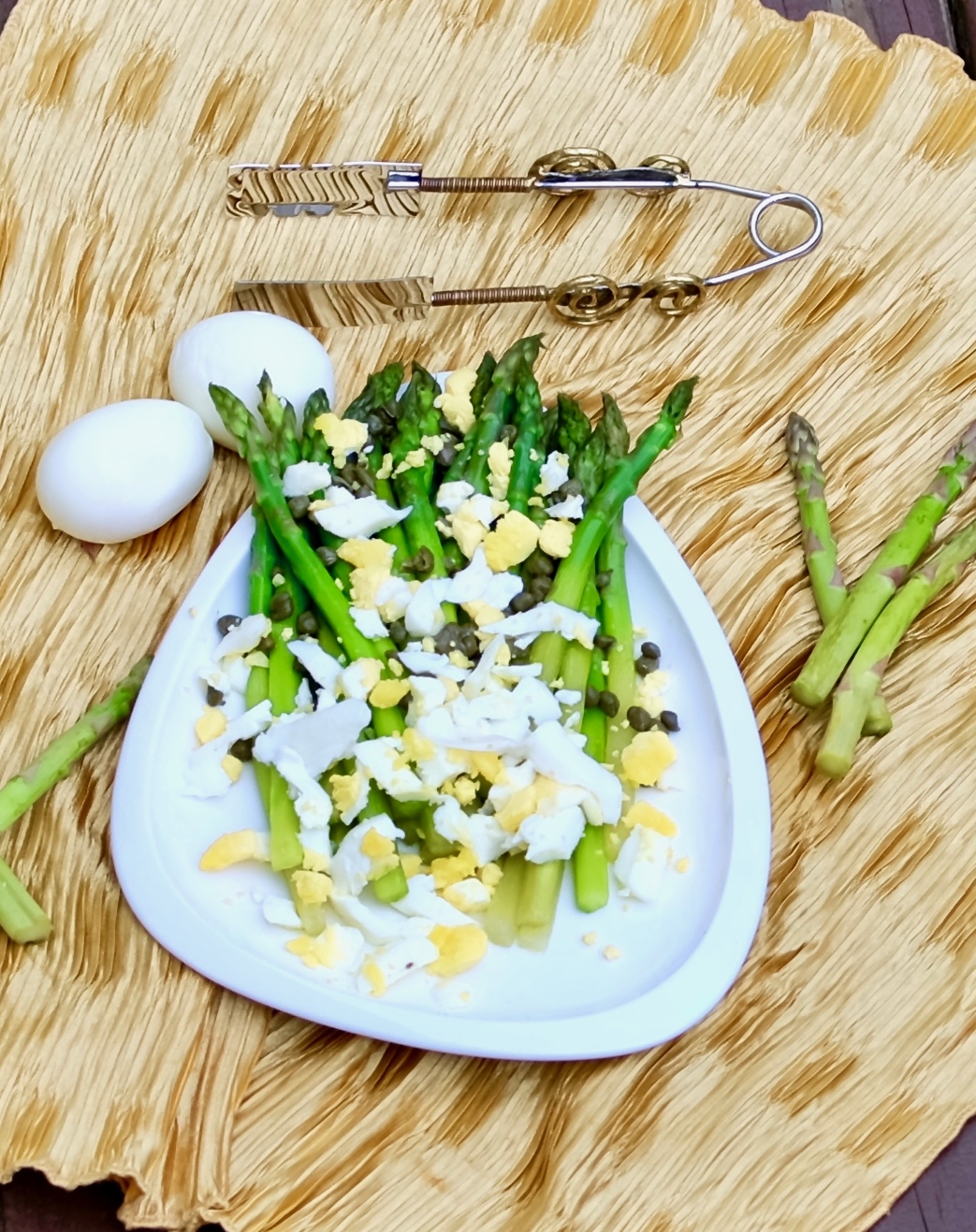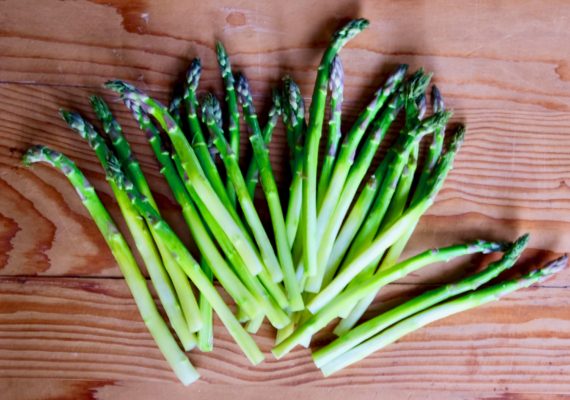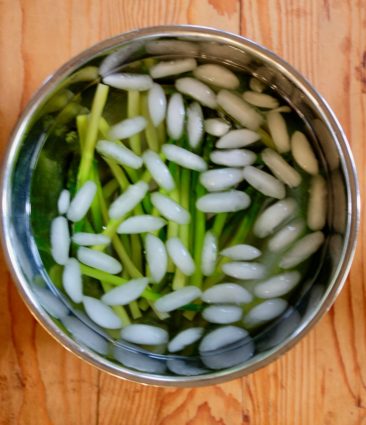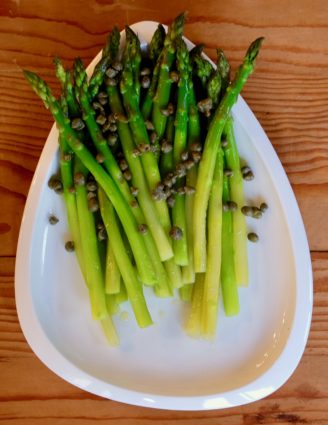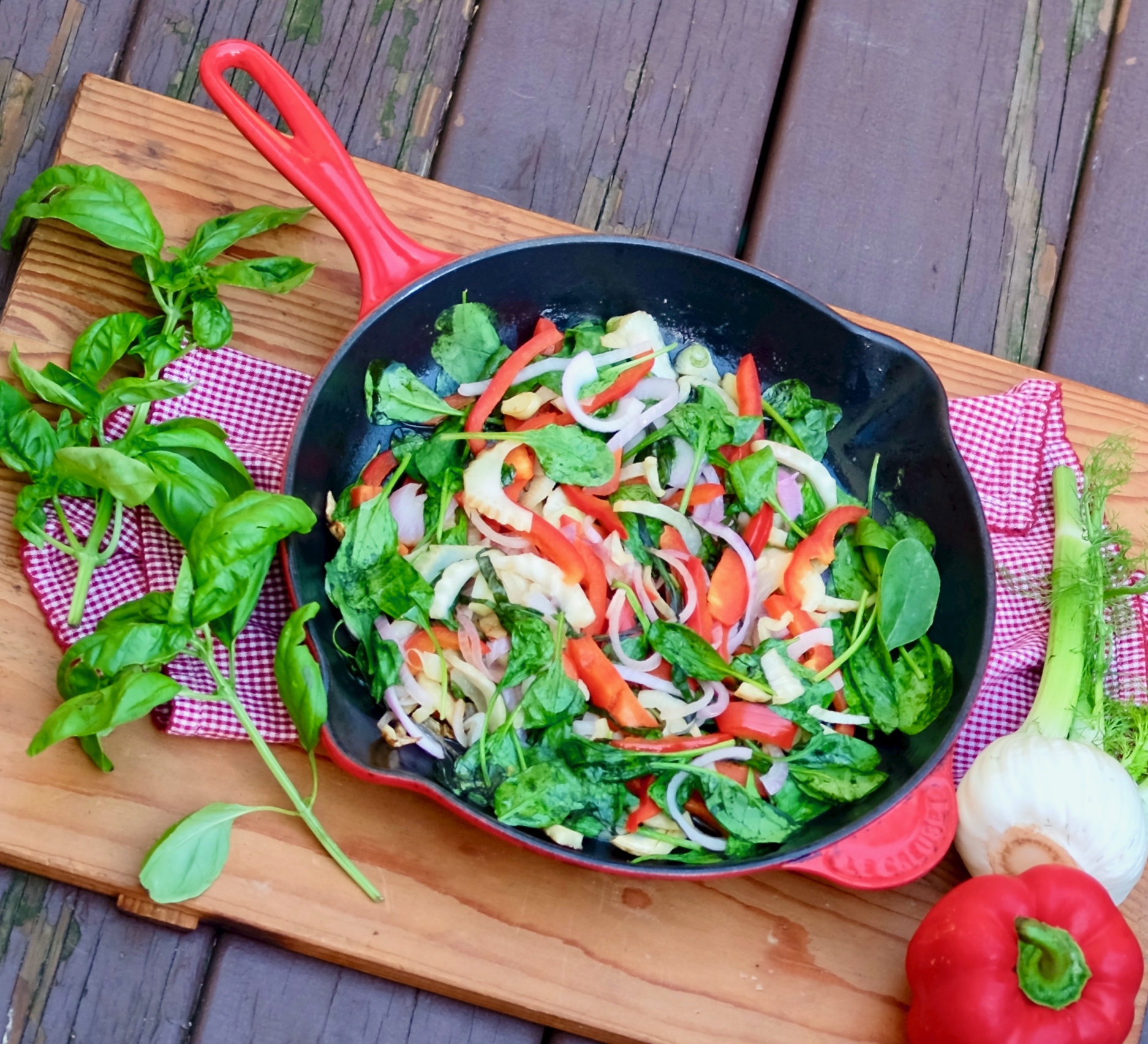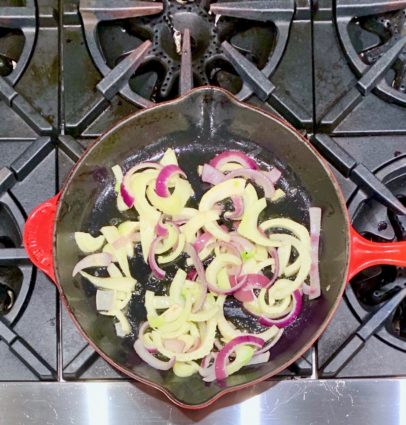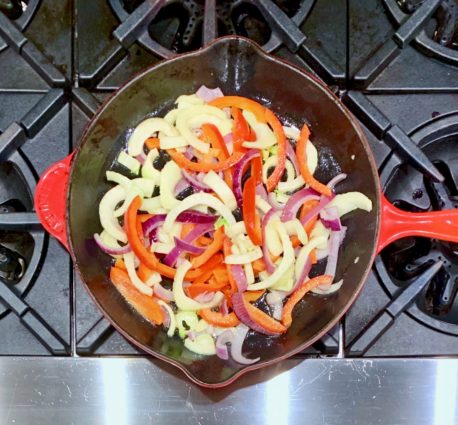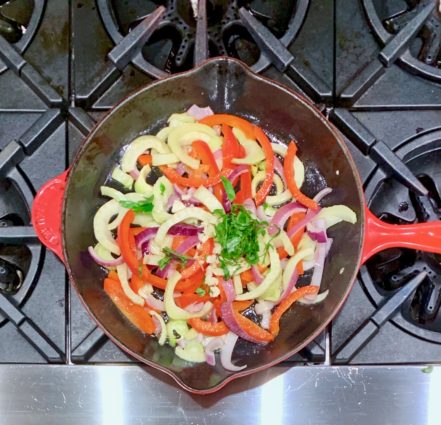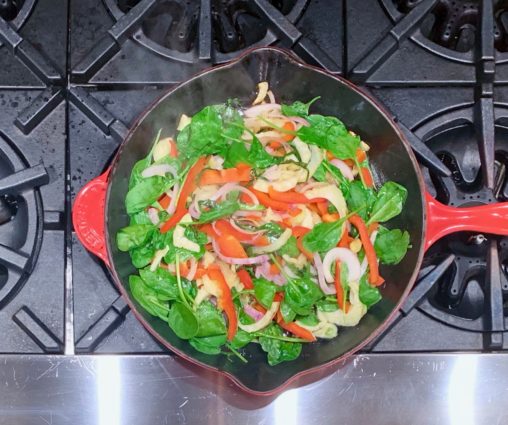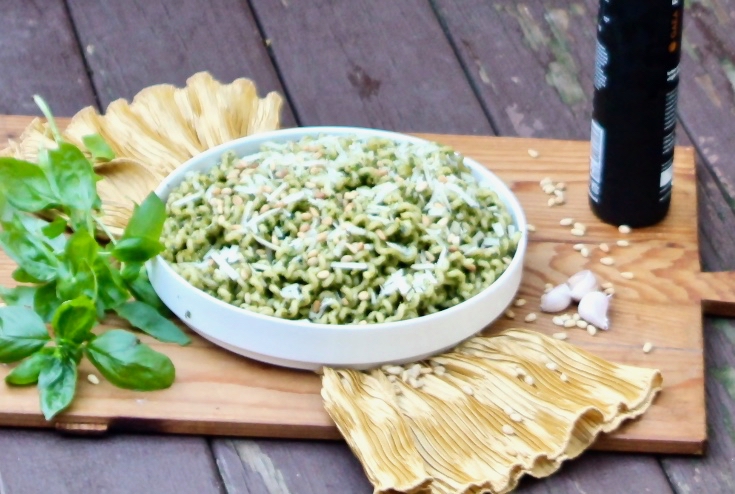
There are a few things I truly cherish about the summer. One of them is spending days on the beach. My hubby and I try to go at least once a week, as well as take a longer vacation on the beach. I love the smell of the ocean air. I love to marvel at the beauty of the coastline as it recedes into the distance. Feeling the warmth of the sun on my skin is comforting and calming. Walking on the beach to collect shells and sea rocks offers a chance to find beautiful little surprises. But truly, there is nothing better than listening to the waves breaking on the shore and feeling the cool sea breeze.
For all my love of the ocean, I must admit that I do not venture into any water (except the Carribean kind). I respect the power of the water on the East coast, and let’s face it, it’s just too cold. My feet barely make it into the water here, but I do love just being on the beach and looking out over the sea.
The other part of the summer that I love so much is my herb garden. I am so excited when I plant it in the spring and I nurture it carefully as it grows. I get so much gratification and enjoyment when I use the matured herbs in my recipes. In the past years, I have had to carefully tend to the basil which, for me was always the hardest to grow.
But this year was different. To my complete delight, my basil is big, exquisite and bountiful. It is growing like crazy and I am so thrilled! So what does one do with too much basil? Well, pesto would be the easy answer. I wanted to change it up a bit, so my love of citrus kicked in and I tossed in some lime juice, and it came out great.
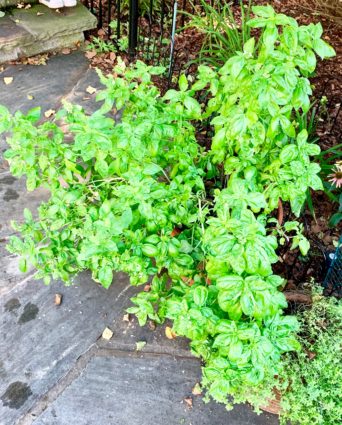
Is this crazy beautiful or what?
This dish really gives the pesto a new twist. The lime juice adds just a little bit of pucker and freshness. The pine nuts give it a crunchy texture and of course, the basil is the star of the show here. If you are growing your own herbs, make this recipe. If not go out and get yourself some freshly grown local basil and start cooking. This is such an easy recipe that has huge flavor and presents so elegantly.
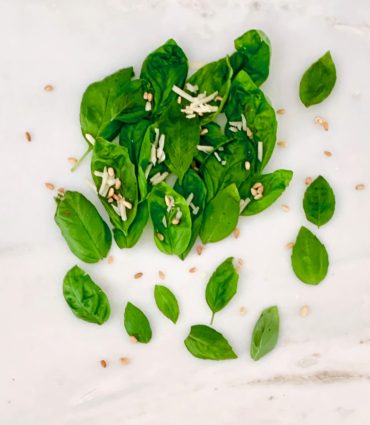
This recipe will serve 4-6 people who will certainly want to plant their own herb gardens next year.
Ingredients for Basil Pesto Pasta:
2 ½ cups fresh basil leaves, washed and dried thoroughly
2 Tablespoons grated Parmesan cheese
3 cloves garlic, roughly chopped
2 Tablespoons pine nuts, toasted and cooled
Juice of half a lime
½ teaspoon kosher salt
⅛ teaspoon black pepper
¼ cup very good extra virgin olive oil
Place the basil leaves, Parmesan cheese, toasted pine nuts, garlic, lime juice, salt, and pepper into a food processor.
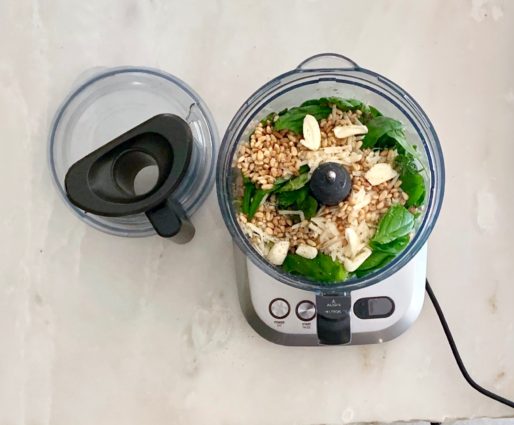
Pulse it about 10 times, until they are well blended.
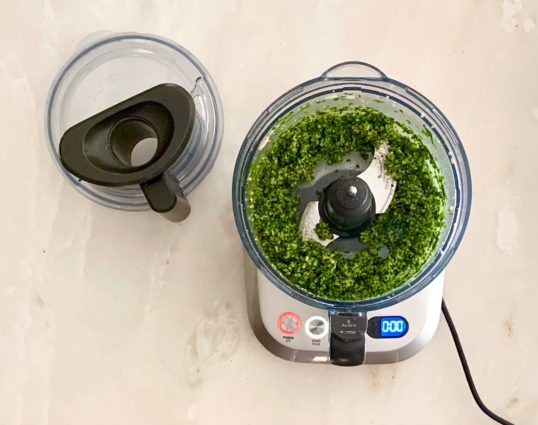
While the food processor is running, drizzle in the olive oil and continue to combine.
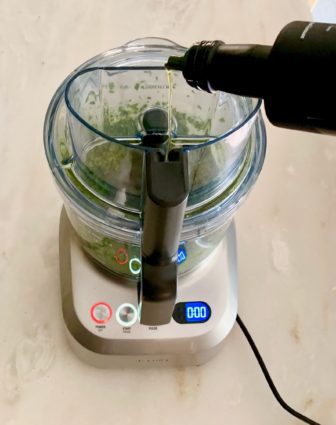
You may need to stop and scrape down the sides a few times.
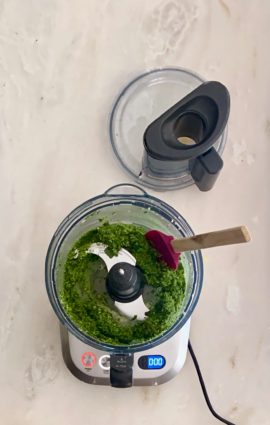
Keep running the processor until the pesto is pureed.
Taste it, make sure it is well seasoned and serve immediately or store it in an airtight container in the refrigerator until you are ready to serve it.
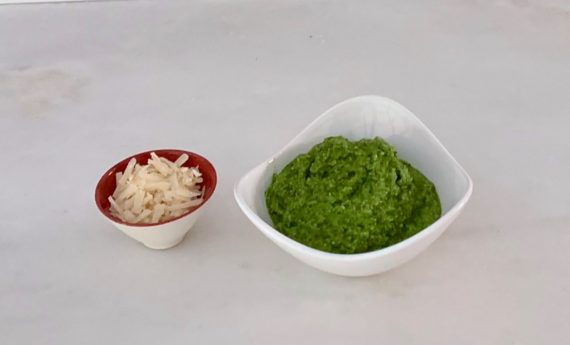
It’s that simple!
